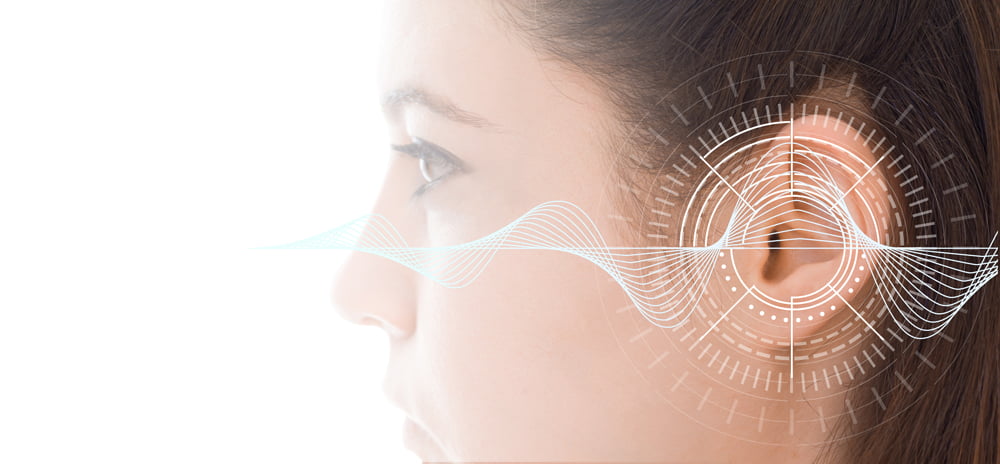Warning: Graphic imagery ahead.
Striking ear modification trends that go way beyond a simple piercing have been around for years. Ear stretching, for example, involves gradually expanding an earlobe piercing-a practice that began thousands of years ago. Communities like the Maasai in Kenya and the Huaorani in the Amazon still practice it today, but it has also gained popularity worldwide.

Elf ears are another body modification that involves re-shaping of the ear: the procedure is most commonly performed by removing a piece of skin from the top of the ear and suturing the edges together.
Most ear modifications do hide dangers like blood clots or infections occurring, but those can usually be (more or less) prevented or managed. There is a more recent ear reshaping trend, however, that can lead to worse outcomes, including impaired hearing. That is the procedure of conch removal.
What Is a ‘Conch Removal’ and How Does It Look?
Conch removal is the process of surgically removing the conch, or the inner cartilage of the outer ear, usually creating a hole large enough to see through the entire ear. A few years ago, an Australian man, Charles V. Bentley, travelled to Sweden for the procedure. Sonchai Maiber, a piercer and modification practitioner at Calm Body Modification studios, performed the surgery and immediately posted pictures of the results.

Photo posted by: Chai At CALM – Body Modification Practitioner (Facebook) , 15th March 2019
According to the artist, the process does not cause hearing impairment and whereas it may affect one’s ability to determine the direction of sound, this passes after a week of two, after the person’s brain has ‘adjusted to their new ears’. Maiber even claimed that conch removal can enhance one’s ability to hear from behind.
What Dangers Does the Modification Hide?
Plastic surgeons, warn that conch removal carries risks such as bleeding, infection, scarring, and wound healing issues. The reversal process is also extremely difficult.
Audiologists, however, raise deeper concerns. Many hearing specialists dispute Sonchai Maiber’s claims, calling them “completely incorrect”. Even if the procedure enhanced hearing from behind, experts argue it would significantly impair the ability to distinguish whether a sound is in front or behind.

The Connection Between Ear Shape and Hearing
According to otolaryngologist Mark Widick, removing the conch can disrupt a person’s ability to determine sound direction. While hearing from behind may improve, it could cause confusion in conversations, as people need to focus on voices in front of them when speaking to someone else.
Researchers have performed experiments involving placing small silicone pieces inside volunteers’ outer ears and playing sounds from various directions around them. This changed the way participants perceived where a noise was coming from: for example, it would be played above their heads, and they would say it was below them. This is because the ear’s shape is closely related to the way we perceive sound. The outer part of the ear (or the pinna) is shaped in a way that amplifies sounds and helps us locate their source and its direction.

Is Conch Removal Reversible?
Conch removal is rare and extremely difficult to reverse.
According to board-certified plastic surgeon Paul Stanislaw, the process would consist of two separate procedures: one that involves sewing the remaining part of the ear against the bone behind it in order to allow more blood to flow to the ear and help a skin graft to grow, and a second one to release the ear from its sewn up position and use the skin graft to replace the area where the conch was previously located.
In conclusion, conch removal not only seems to be an expensive and traumatic experience, but it can also lead to hearing impairment, altering your ability to determine where sounds are coming from. While ear modification are key part of many people’s identity, it is crucial to research and consider risks before undergoing irreversible changes.






